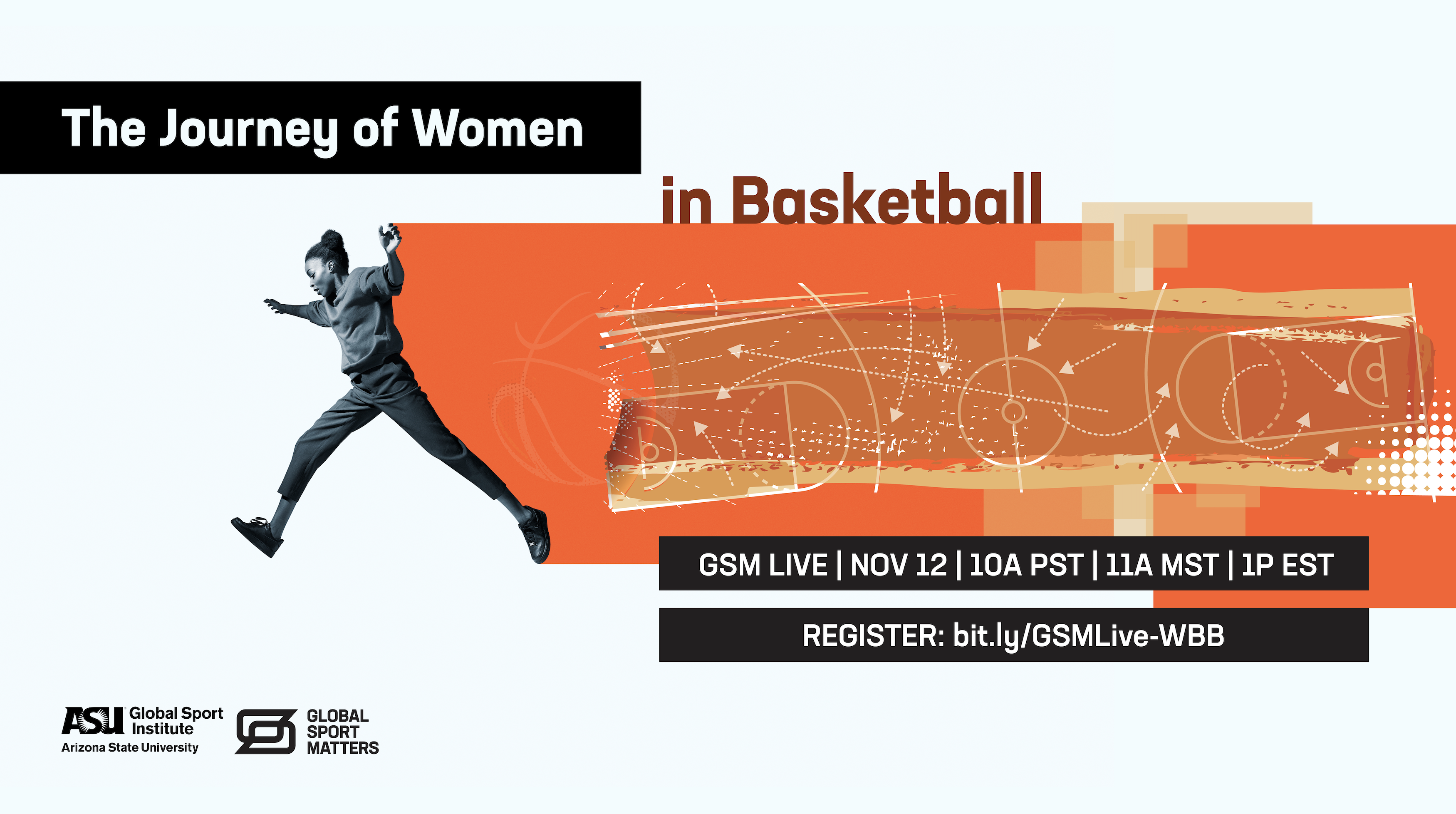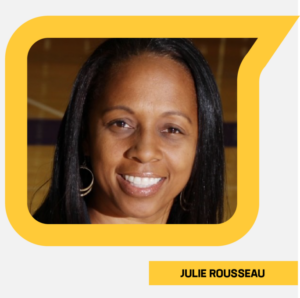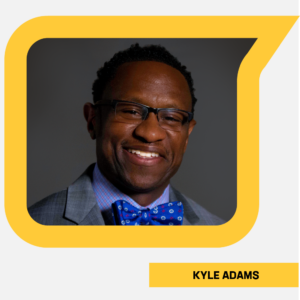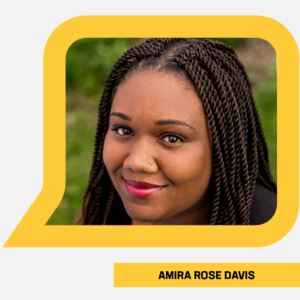GSM Live Insights: The Journey of Women in Basketball
Across the world, basketball is relatively unique among team sports with the volume of women who play and coach in its ranks. Still, trends in the sport’s leadership don’t accurately reflect the athletes who put in the work each day on the court.
While a diverse crop of head coaches at HBCUs has not created a pipeline to the Power Five, new momentum behind women’s sports has helped carry women’s basketball to new heights. Can an exciting, outspoken generation of leaders in the sport turn it into a more equitable and popular avenue for women to thrive as leaders and athletes?
“If you don’t make it, that door may not open for the next woman of Color or Black woman to come through that door.”
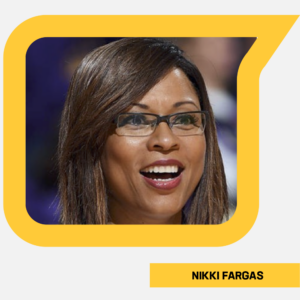
Nikki Fargas, President of the Las Vegas Aces, explains how female athletes are being stretched too thin. Being the minority, every opportunity becomes twice as hard and more effort must be put in to even be considered for a coaching position. Black women coaches shouldn’t have to walk on a wire with their jobs; they should be given an equal opportunity. Slowly, the door is being opened by black male coaches, but why is it so hard for the minority of women athletes to get to the top or even get inside that door?
“What support is the environment, the athletic department giving in order to support the unique needs that women may have?”
Julie Rousseau, PhD, Associate Athletic Director for Diversity, Equity, and Inclusion at the University of Southern California, explains how there’s a lack of opportunity for women in college sports, as they’re not being given the adequate resources and support from their athletic departments. She goes on to discuss how crucial it is for women to be given meaningful resources rather than blanketed ones as they balance their home life and their professional life at the same time. How can these women find their identity and feel comfortable in such an unsupportive space?
“Most coaches recognize that they have to have a level of responsibility to the communities that their kids come from.”
Kyle Adams, Principal and Chief Strategist of itsBIGGERthantheball, makes a crucial point about the link between coaches and their communities. No matter where the coach is coming from and their level of expertise, it is important that they have a huge level of commitment to their athletes by knowing what is going on within their community. At the same time, parents and young athletes need to get educated so that they can find a transformative coach who will help them find purpose within their sport.
“In women’s basketball, it’s particularly jarring when you consider that Black women comprise nearly 50 percent of these athletes and have a very minuscule coaching pool.”
Amira Rose Davis, PhD, Assistant Professor of History and African American Studies at Penn State University, explains how Black athletes aren’t receiving an equal opportunity when it comes to holding a coaching position. While White coaches are being given numerous opportunities and second chances, people of Color are being forced to work twice as hard to obtain the same role. Adding onto that, Black coaches are having to look to HBCUs to find these coaching opportunities and get their foot in the door.
“The men would receive more resources than we were, or we would receive the resources after the fact that the men got them.”
Charnea Johnson-Chapman, Arizona State University Women’s Basketball Alum, discusses how men tend to be given more resources than women when it comes to the world of sport. Male athletes are always in the spotlight within the media and are showered with support from their communities, but the amount of attention just isn’t the same when it comes to women athletes. Charnea expresses the struggle that these female athletes face as they work hard to focus on their game and, in return, get treated as almost an after thought.
More from our November Digital Issue: Taking Charge in Women’s Basketball
VIEW FULL ISSUE
Nicole LaVoi, PhD leads an insightful discussion with Nikki Fargas, Amira Rose Davis, Julie Rousseau, Kyle Adams and Charnea Johnson-Chapman as these experts on women’s basketball discuss their journeys and the future of the sport.


